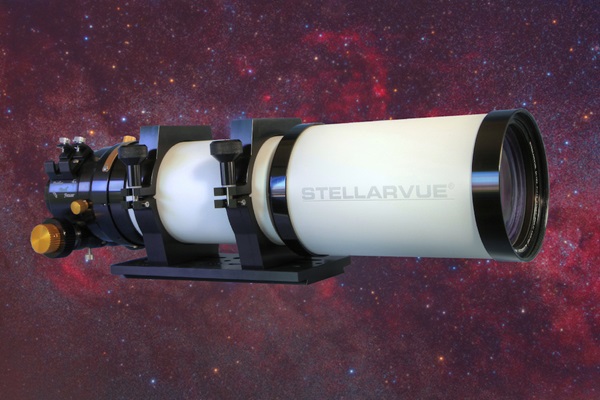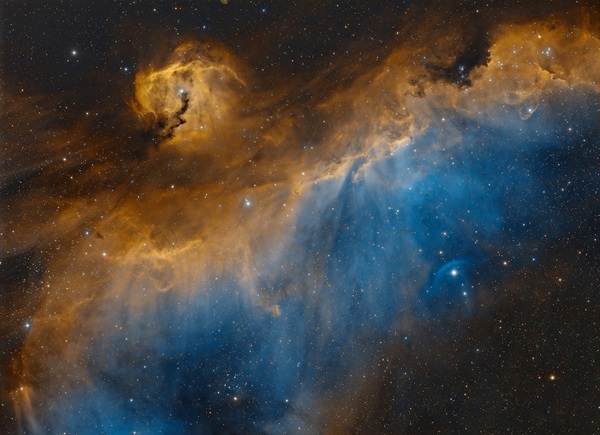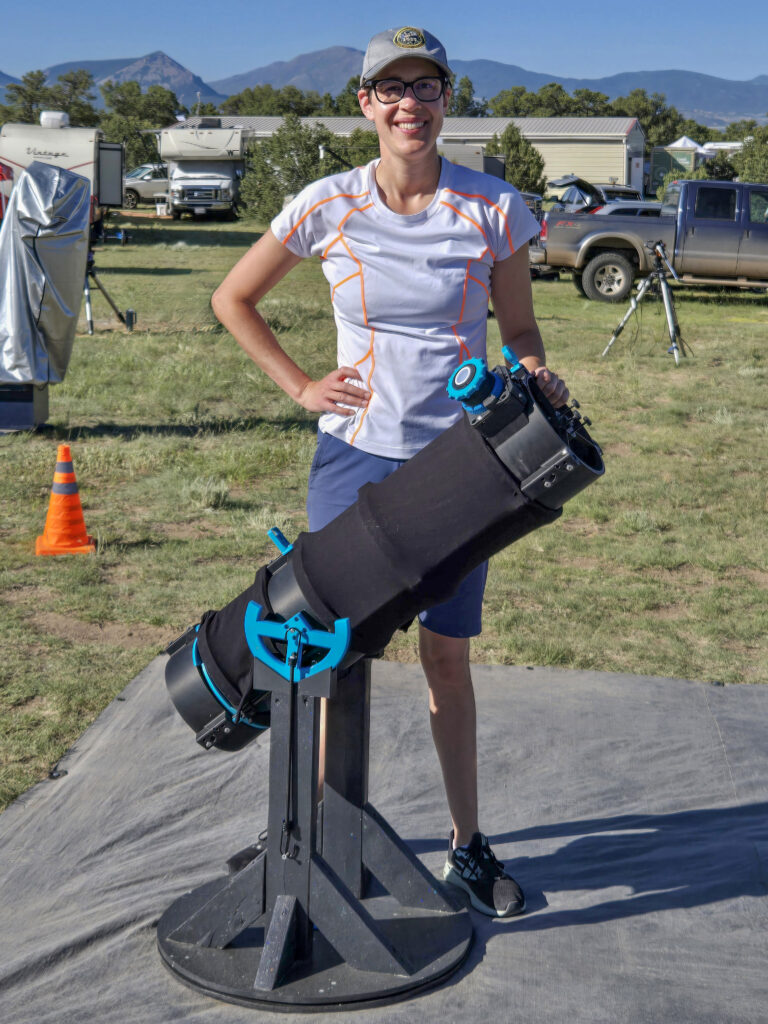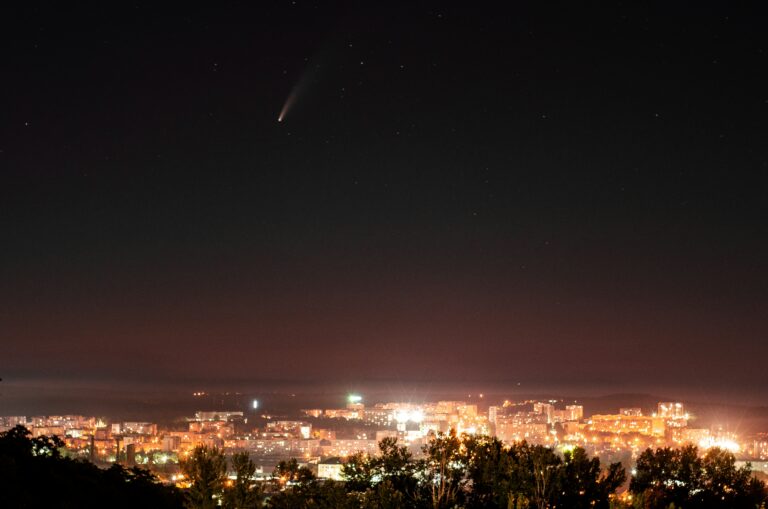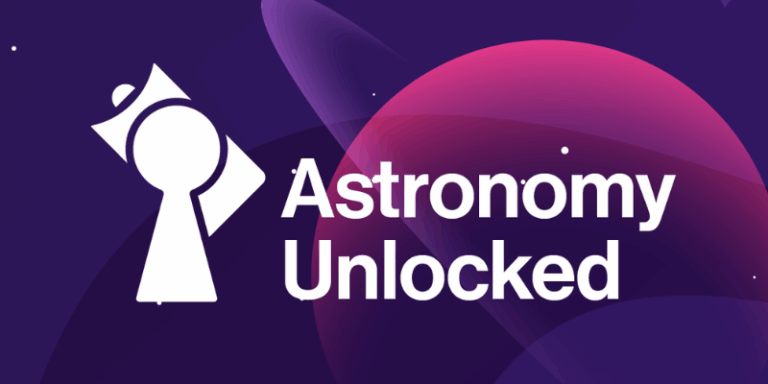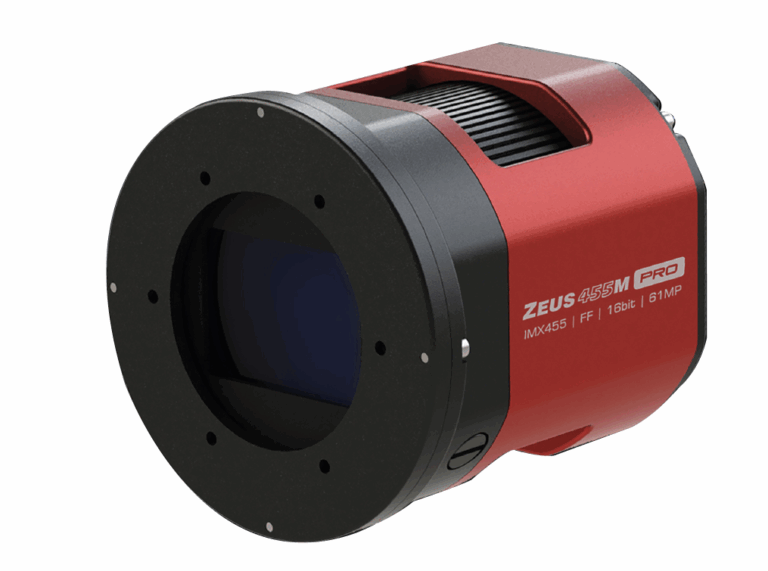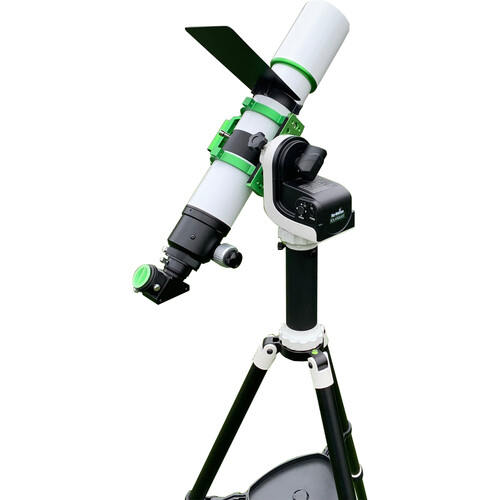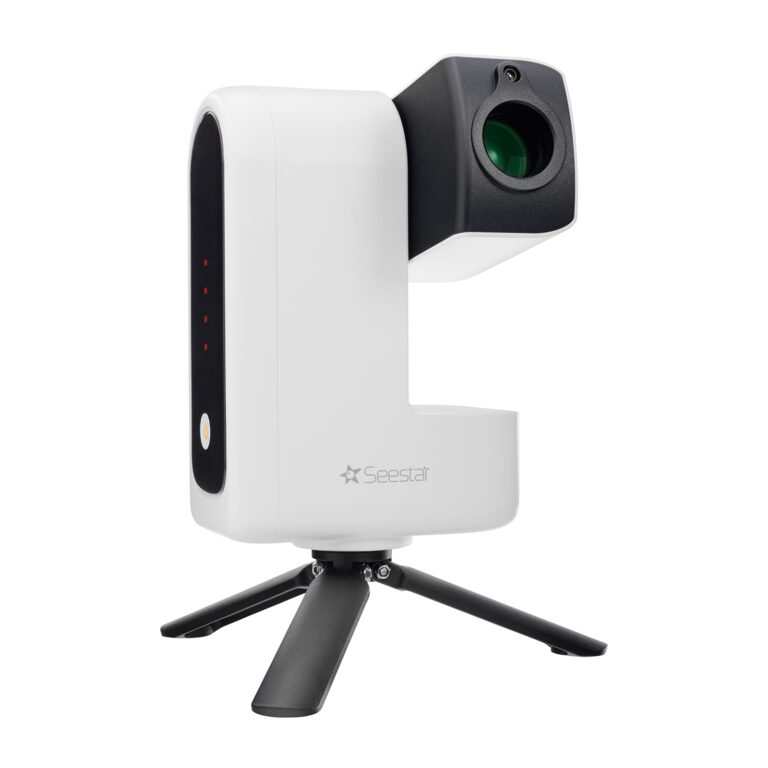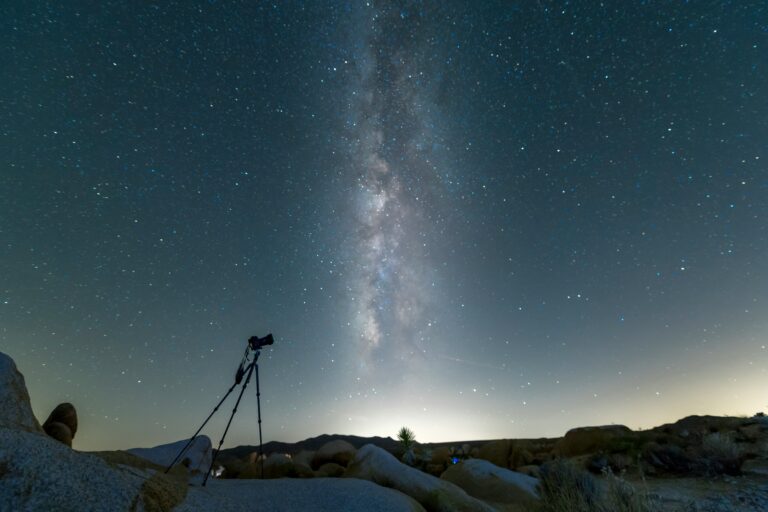Key Takeaways:
- The Stellarvue SVX 102T is a 4-inch (101.5 mm) aperture, f/7 refractor telescope (714mm focal length), weighing 9.8 pounds (4.4 kg) with adapters, and measuring 23.5 inches (59.7 cm) in length (excluding dew shield).
- The telescope features an air-spaced triplet objective lens with broadband coatings, aiming for a Strehl ratio of 0.99 or higher, and includes internal baffles and matte black paint for enhanced contrast.
- Optional field flatteners (SFFX-1 and SFFR.74) are available, offering focal lengths of 714mm (f/7) and 535mm (f/5.25), respectively, for astrophotography.
- The author reports excellent observational performance, particularly for double stars, open clusters, the Moon, and planets, noting exceptional color correction and contrast, and citing the telescope's astigmatism-free image quality.
The 4-inch refractor has been a favorite of astronomy enthusiasts for countless years, thanks to the combination of portability and resolving power. While these scopes are not the largest light buckets around, they lend themselves well to wide-field observing.
Recently, I revisited this classic format. After acquiring a new full-frame camera (the QHY 128C Pro), I needed to find a wide-field telescope to go with it. Careful research led to my selection: Stellarvue’s SVX 102T refractor.
The nitty gritty
The SVX 102T has a length of 23.5 inches (59.7 centimeters) with the focuser attached, and the dew shield adds an additional 5.5 inches (14 cm). It weighs 9.8 pounds (4.4 kilograms) with both the 2-inch and 1¼-inch ring adapters. The refractor comes with the rings and a Losmandy-style base plate as well as a heavy-duty, reinforced nylon refractor case.
Since its founding in 1998, Stellarvue has refined its telescopes into some of the best instruments available today. Stellarvue’s opticians quickly gained a reputation in the business as dedicated craftspeople, and the SVX 102T bears all the marks of their work, boasting an air-spaced triplet objective with high-quality glass and broadband coatings. Stellarvue claims it constructs each lens to a standard of 0.99 Strehl or higher, meaning 99 percent of incoming light is directed exactly where it’s supposed to go. (A theoretical measurement of 1.00 is considered perfect.)
They even manufacture their own field flatteners, which reduce distortions and curvatures, ensuring pointlike stars throughout the entire field of view. Each telescope Stellarvue manufactures comes with its own color interferometric test report taken at full aperture in the Stellarvue shop. This document confirms the accuracy of your individual objective.
All of these features taken together ensure a flat field, no false color, and pinpoint stars — all crucial for a demanding astrophotographer like myself. But having great optics means nothing if the telescope itself is not of the same quality. And while every SVX-designated telescope from Stellarvue has this level of performance, the 102T has some features that make it really shine.
First are numerous well-placed baffles inside the tube and along the focuser to help stop unwanted light from reaching the eyepiece. These and the rest of the interior are sprayed with a matte non-reflecting black paint, ensuring a telescope with extremely high contrast, both visually and photographically. This becomes important when trying to tease out faint details famous in some of the sky’s best targets.
To further enhance this scope, Stellarvue also offers two field flatteners. For “straight through” flattening, there is the SFFX-1, which converts the scope to a 714mm f/7 astrophograph/telephoto and allows you to capture perfect stars from corner to corner. Alternatively, for those wishing to compress the telescope to a shorter focal length and faster speed, there is the SFFR.74 reducer/flattener that gives a focal length of 535mm at f/5.25.
Putting it to the test
After using this scope for a few hours, you can easily see why views through a well-made refractor are addicting. The optics are virtually perfect. With this scope, stars are not just pinpoints — they are microscopic. Open clusters become brilliant jewels hung in a canopy of black. The crescent Moon is another treat as the color correction and the contrast are simply off the charts.
The flip side of a small refractor is that you need really high-power eyepieces to explore the other end of its performance. One good example is viewing the famous Double Double in Lyra, comprising two pairs of double stars. I love these stars for testing because the two pairs are aligned 90° to each other, making them nature’s test for astigmatism. And the 102T proved itself astigmatism free. The stars split into perfect dots with identical inside and outside performance. A smaller scope already has an advantage in poor seeing conditions. And with the 102T, the stars jumped around instead of smearing out.
For me, the best performance test for any scope is your memory. After a night of viewing, can you still see in your mind what you looked at the previous night? With the 102T, my head was full of my previous night’s observing.
While it doesn’t show diffuse objects as well as a large Dobsonian, double stars, open clusters, the Moon, and the planets are a joy to behold in this scope. And, after seeing what the 102T can do, I’m eager to see how other scopes in Stellarvue’s lineup perform. In fact, the highest praise I can give the 102T is that I’ve already ordered its bigger sibling, the SVX 140T — a 140mm refractor at f/6.7 — to add to my collection.
Product information
Aperture: 4 inches (101.5 mm)
Focal length: 714mm
Focal ratio: f/7
Length: 23.5 inches (59.7 centimeters) with focuser
Weight: 9.8 pounds (4.4 kilograms) with adapters
Price: $2,995 with Stellarvue focuser;
$3,495 with Feather Touch focuser;
$5,399 with Moonlight Computerized NiteCrawler focuser
Contact:
Stellarvue
11802 Kemper Road
Auburn, CA 95603, USA
530.823.7796

